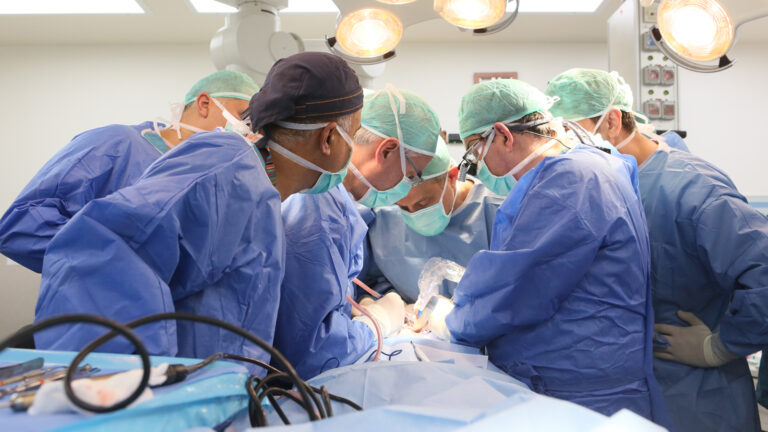A new Israel-US collaborative recently announced that it is funding the research and development of three high-impact, pediatric-specific medical devices. Ben-Gurion University of the Negev (BGU) and Cincinnati Children’s Hospital Medical Center (CCHMC) are working together to develop a smart sensing catheter, a surfactant delivery device and an image-guided needle insertion device.
The collaboration pairs the technical and engineering capabilities of BGU with the medical expertise of CCHMC physicians. The three projects could improve patient care and outcomes and also significantly reduce costs to the healthcare system.
“The pediatric market, especially with regards to medical devices, has historically been neglected due primarily to prohibitive development costs,” said Niki Robinson, assistant vice president of the CTC. “This initiative presents an unprecedented opportunity for early stage ideas to receive funding and move through a development plan backed by world-class physicians and engineers.”
The smart sensing catheter will provide immediate and continuous assessment of the metabolic and physiological profile of critically ill infants and small children.”This technology will reduce the need for repeated tests, thus reducing costs for the health system and society,” said Dr. Richard Azizkhan, MD, surgeon-in-chief at Cincinnati Children’s and the Lester W. Martin Chair of Pediatric Surgery.
The surfactant delivery device consists of a delivery system for prolonged administration of surfactants to the lungs of premature babies, using nanoparticles. Current procedures do not allow for the sustained release of proteins or other complex particles in the alveoli of infants or adults. This technology would do just that, with the potential to deliver numerous therapies to the lower airway through a non-inflammatory delivery system.
The third project being worked on is an image guided needle insertion device, which combines sophisticated new imaging techniques with the precision of robotics to improve the accuracy of many procedures currently done in medicine.
“Current technology relies on operator skill and trial and error attempts to correctly position interventional needles even when guided by imaging modalities. When such errors occur in clinical settings, the solution typically involves retraction and reinsertion. In current practice, a clinician has limited control over the path of a needle once inserted into the tissue and limited ability to know the precise trajectory required to achieve the desired position of the needle tip,” said Prof. Hugo Guterman of the Department of Electrical and Computer Engineering at BGU.
Each project will receive $100,000 in the first round, with all funding contingent upon achieving specific developmental milestones.
Fighting for Israel's truth
We cover what makes life in Israel so special — it's people. A non-profit organization, ISRAEL21c's team of journalists are committed to telling stories that humanize Israelis and show their positive impact on our world. You can bring these stories to life by making a donation of $6/month.







